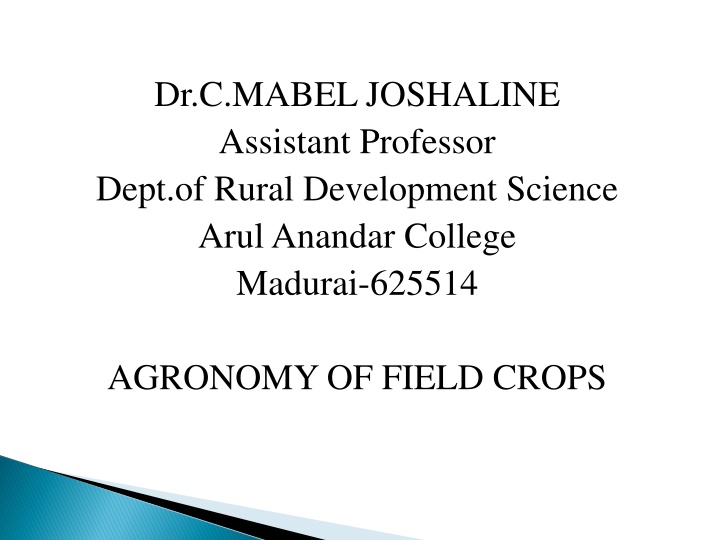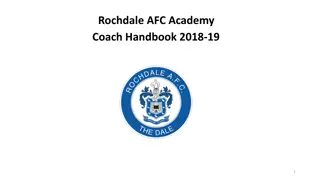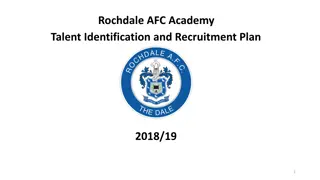
Agronomy of Field Crops: Pigeonpea Varieties and Cultivation Practices
Discover the botanical name, varieties, intercropping options, irrigation techniques, integrated pest management, and mechanical monitoring for optimizing pigeonpea cultivation. Learn about suitable intercrops, manure applications, and pest control methods to enhance yields in pigeonpea farming.
Download Presentation

Please find below an Image/Link to download the presentation.
The content on the website is provided AS IS for your information and personal use only. It may not be sold, licensed, or shared on other websites without obtaining consent from the author. If you encounter any issues during the download, it is possible that the publisher has removed the file from their server.
You are allowed to download the files provided on this website for personal or commercial use, subject to the condition that they are used lawfully. All files are the property of their respective owners.
The content on the website is provided AS IS for your information and personal use only. It may not be sold, licensed, or shared on other websites without obtaining consent from the author.
E N D
Presentation Transcript
Dr.C.MABEL JOSHALINE Assistant Professor Dept.of Rural Development Science Arul Anandar College Madurai-625514 AGRONOMY OF FIELD CROPS
Botanical Name : Genus Botanical Name :Cajanus Genus - - Cajanus cajan species cajan species Richest pulse Richest pulse
Varieties Medium duration : LRG-41, ICP-8863, ICPL-332, ICPL- 87119, MRG-66, ICPL-85063, WRG-27, PRG-158, MRG-1004, WRG-53, WRG-65, TDRG-4, ICPH-2740 (hybrid) Short duration : ICPL-84031 (Durga), ICPL- 85010 and CORG-9701, PRG176 Wilt resistant varieties (hybrid) : ICPL-87119, ICP-8863, WRG-65, TDRG-4, ICPH-2740
Intercrops (1:7) Pigeonpea + Greengram/Blackgram/Groundnut/Sesamum/ Soyabean Pigeonpea + Maize/Jowar (1:2 / 1:4 ) Pigeonpea + Cotton (1:6) Manures and fertilizers : Apply 20 N + 50 P2O5 kg/ha as basal dose. Treat the seed with Rhizobium cultures
Irrigation : Flowering and pod formation stages are most critical for moisture stress. Light irrigations at above stages enhance the yield. Weed control / Inter cultivation and other management practices: Spray Pendimethalin @ 2.5 to 3.5 l/ha immediately after sowing will be effective in controlling the weeds. Spray Imazethapyr @ 750 ml/ha after 20-25 days if necessary. Need based one or two hoeing / intercultivation with gorru/guntaka to keep the crop free from weeds up to 60 DAS after sowing. Also it helps in infiltration of precipitation and conserve the soil moisture. In medium soils making dead furrows in between the rows promotes in situ soil moisture conservation and withstand terminal moisture stress and enhance yields.
Integrated Pest Management of Helicoverpa on Redgram Cultural methods: Summer ploughing Avoid mono-cropping Seed treatment with Rhizobium culture Follow crop rotation Adopt wider row spacing (more than 2 meters) Use recommended dose of fertilizers Cultivate tolerant/recouping varieties (LRG-41, ICPL-332, WRG-53 and WRG-65) Grow intercrops
Mechanical Monitor with pheromone traps 10/ha Dislodge the larvae by shaking the plants Biological Release Trichogramma twice at weekly intervals @ 65,000/ha Keep bird perches @ 50/ha in flowering stage Spray NPV and Bt (NPV @500 LE/ha or Bt@1kg/ha)
Synthetic pesticides : Follow need based application Avoid cocktail mixtures Aim the sprayings at early instars Apply Chlorpyriphos@2.5 ml/l or Quinolphos@2ml/l or Acephate @1g/l or flubendiamide @0.2 ml/l or spinosad@0.3 ml/l or chlorantraniliprole@0.3 ml/l alternatively during the flowering & pod formation stage Ensure thorough coverage (500 l/ha) Use Hydraulic /Pneumatic hand compression sprayers Discourage synthetic pyrethroids Avoid sub-lethal dosage Adopt community approach





















